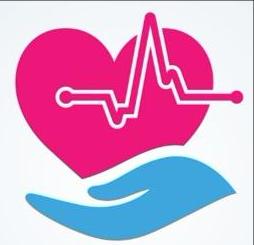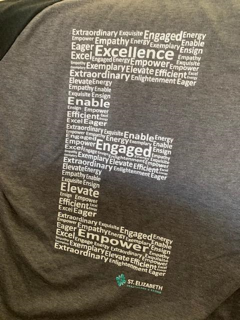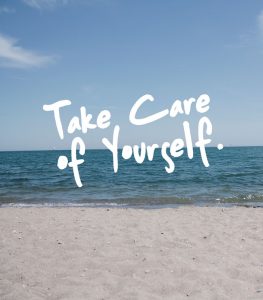By Ryan Porritt, OT, Orem Rehabilitation & Nursing, Orem, UT
Occupational Therapy (OT) used non-pharmaceutical mindfulness-based interventions (HeartMath and Acceptance and Commitment Therapy) to support a patient while the physician reduced anxiety medication that she had been on for years. The patient has several mental health diagnoses, including bipolar disorder, PTSD, generalized anxiety disorder contributing to frequent panic attacks and high levels of anxiety. Her independence and quality of life is further complicated by several physical comorbidities that exacerbate the functional impact of her anxiety. She has a history of significant trauma as measured by scoring a 9/10 on the Adverse Childhood Experience scales.

The following are the step-down dosages of clonazepam:
Staring at 1 mg 3x daily
Reduced to 0.5 mg 3x daily on Jan. 21, 2020
Reduced again to 0.5 every 12 hours on Feb. 1, 2020, to present
The OT trained the patient in several meditations to reduce the emotional struggle resulting from her anxiety in order to increase participation in value-based activities. With assistance, the patient identified three value-based activities: writing poems, quilting and facilitating a weekly bible study group for her religious congregation. After 30 years of not writing poetry, she is able to express her pain, anxiety and other emotions through regular poetry writing. She has assumed a leadership position to prepare and facilitate weekly bible study groups, and she is currently being trained to lead a resident-run quilting group in collaboration with Recreation Therapy and the Therapy Department.
While the patient still faces daily challenges resulting from anxiety, she reports the duration and frequency of panic attacks have reduced and that “I am not struggling with my emotions as much anymore.” With less medication, she reports both increased quality of life and increased participation in value-based activities. While significant progress has been noted, she will require continued skilled OT under a maintenance plan due to the complexities of her physical and mental health. As illustrated by this example, skilled therapists are in an ideal position to have a significant impact on both function and quality of life while assisting physicians to reduce medications.


 The acquisition of St. Elizabeth Healthcare and Rehabilitation happened in May 2019. The transition was remarkably successful, but it did not come without challenges. Equipped with knowledge and guidance from our resources, we were ready for the speed bumps ahead — from changing guidelines of our managed care partners, new state and federal regulations to the Star Rating Data, onset of PDPM and many more. Our relentless, action-oriented and fearless yet compassionate leaders, Rand (Administrator) and Mady (Director of Nursing), knew that the only way to achieve these things is staying the course toward our true north — that of providing the best individualized care to all our residents while continuing to embody the CAPLICO values toward one another.
The acquisition of St. Elizabeth Healthcare and Rehabilitation happened in May 2019. The transition was remarkably successful, but it did not come without challenges. Equipped with knowledge and guidance from our resources, we were ready for the speed bumps ahead — from changing guidelines of our managed care partners, new state and federal regulations to the Star Rating Data, onset of PDPM and many more. Our relentless, action-oriented and fearless yet compassionate leaders, Rand (Administrator) and Mady (Director of Nursing), knew that the only way to achieve these things is staying the course toward our true north — that of providing the best individualized care to all our residents while continuing to embody the CAPLICO values toward one another.


 We invite anyone who is able and interested to join us with HeartMath at 8:30 a.m. Pacific daily during this time. Totally optional! You can join for one minute or join for longer. We would like to use the “Global Coherence App” that is available for free to download if you are able! Here are the instructions:
We invite anyone who is able and interested to join us with HeartMath at 8:30 a.m. Pacific daily during this time. Totally optional! You can join for one minute or join for longer. We would like to use the “Global Coherence App” that is available for free to download if you are able! Here are the instructions: